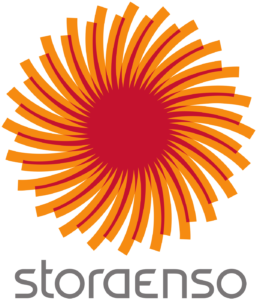Stora Enso
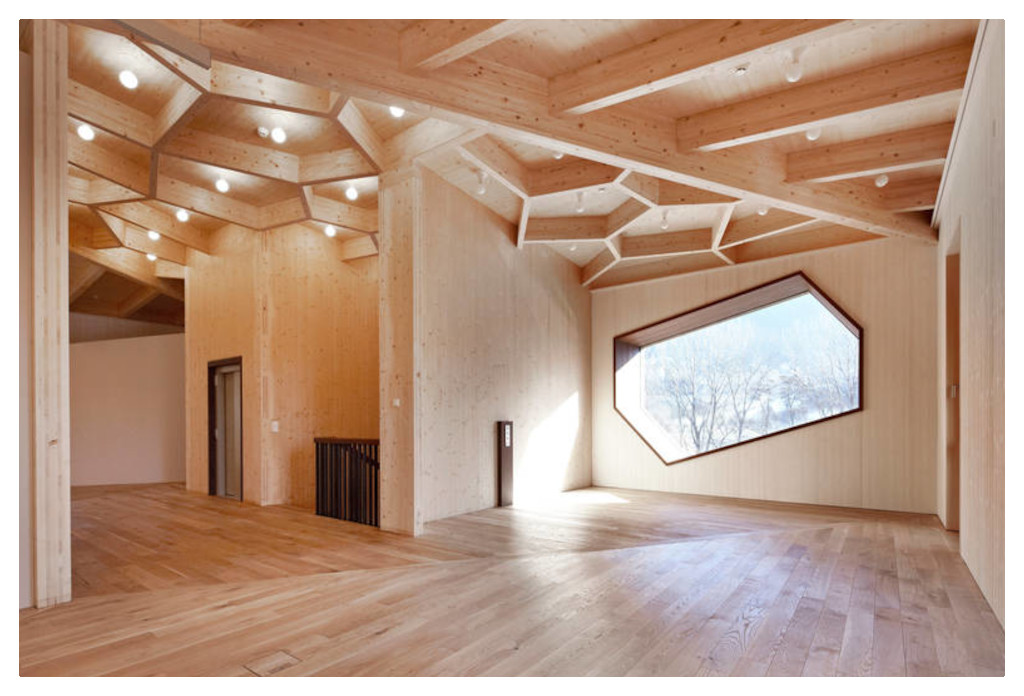
Reliable life cycle analyzes based on new wood construction
Stora Enso, the large Finnish wood and paper production group, has been a SimaPro user for three years. Lauri Linkosalmi, Director of Product Management at the Wood unit, says that the tool has clearly created customer benefits at the company’s production points in Europe. Linkosalmi´s team of Product Management is currently responsible for product and process LCA at the 17 sawmill production points in different countries. Topical issues include carbon control and its annual monitoring.
– Our responsibility team uses the tool to create European environmental statements EDPs for our products and materials. Our customers want descriptions directly into their systems. With SimaPro, we can keep a close eye on transport emissions, biogenic carbon stocks and organic carbon, Linkosalmi tells.
Another important issue to be included in life cycle analyzes is whether the forest from which the wood becomes sustainably managed and the wood material responsibly produced. Internationally, it is forest protection that easily makes the headlines today. Stora Enso complies with FSC and PFC forest certifications, which are among the most common in the world. Both are based on LCA.
Comparability
In the wood products sector, comparability is important. Environmental statements are market-specific and the main standard on which the statement must be based on is ENB 15-804, which is indicative. However, it can be used to compare, for example, different functional units and different building materials in construction.
– For example, we can produce a “wall” from different materials and calculate its heat transfer coefficient, or U-value, from both steel and wood. If a material is compared per kilo, no similar comparison could be made. Here, it is essential that the finished product and its use are included in the life cycle assessments.
“wall” from different materials and calculate its heat transfer coefficient, or U-value, from both steel and wood. If a material is compared per kilo, no similar comparison could be made. Here, it is essential that the finished product and its use are included in the life cycle assessments.
– SimaPro enables just such a life cycle assessment, Lauri Linkosalmi states.
An additional benefit of SimaPro is that it can be used to prepare an environmental statement for the product and to communicate the verified and reliable environmental facts in a way that is understandable to consumers, owners and other target groups.
Challenges and hot spots
Environmental calculations for wood construction products have clearly highlighted a new challenge that has now been briskly tackled: adhesives and
their properties. So-called hotspot analyzes are used to identify areas where the environmental impact is surprisingly high.
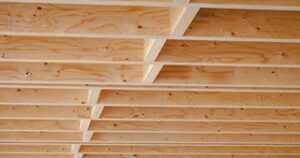
– The emissions of adhesives are clearly shown in the calculations, which is why we have launched projects to produce new low-emission adhesives through various innovation projects. Another hotspot we have identified is the use of low-carbon or renewable energy for producing electricity for the production processes, Linkosalmi describes.
With the help of SimaPro, Stora Enso’s wood production recognizes challenges and finds which sawmill production sites are worth investing in. But it also helps anticipate regulatory changes that will affect the way the market works. Tougher requirements create a competitive advantage. Already next year, France will require carbon neutrality by law and environmental declarations will become mandatory for wood production. Stora Enso is well positioned for the French market with SimaPro, especially as the same life cycle analysis software is widely used in this market area. Sweden is preparing for the introduction of a climate statement and Finland has announced that it will move to carbon neutrality by 2025. Finland and Sweden have already published their CO2 databases in the software, creating transparency. Binding regulations on product-specific coal are also coming to the Netherlands, Belgium and Denmark.
– The market is currently developing rapidly in this direction. Our French customers are already asking a lot of questions about carbon management in wood construction. And in Finland, the carbon footprint is as important an aspect as price in Senate Real Estate tenders. Our accurate LCA has actually created a competitive advantage and more deals for us, Linkosalmi says.
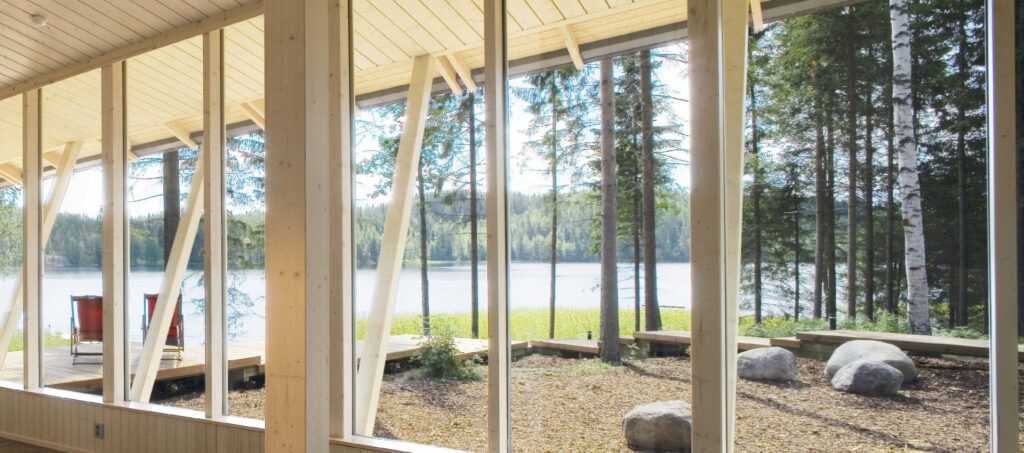
Not just coal
SimaPro keeps a close eye on the carbon indicators, which currently are from three to ten. They make it possible to make very accurate and reliable case calculations. But other indicators of the greenhouse effect include the water footprint – albeit small for wood products – and, for example, the reuse, recovery and recycling of surplus products. With the help of SimaPro’s process analyzes, new ways of working can be found, even though the operating points are scattered around the world.
– If we take a log for wood construction, for example, then by considering wood chips and bark right from the start, we can better tailor and integrate our production to the needs of our customers, and make innovative use of our own expertise in the house. It is in this example that the surplus product is actually a raw material for paper pulp and goes through our processes to our Paper division, Linkosalmi describes.
Low carbon construction
Construction and buildings produce about a third of Finland’s greenhouse gas emissions. In order for Finland to be able to achieve its national and international climate targets, emissions from the construction sector must also be reduced. Alongside the energy consumption of buildings during use, the carbon footprint of the entire life cycle of a building should be monitored. The goal is for the building’s life cycle carbon footprint to be regulated by legislation by the mid-2020s. The low-carbon construction criteria developed by the Ministry of the Environment will first be introduced in public construction projects. (Source: Ministry of the Environment)
– If we take a log for wood construction, for example, then by considering wood chips and bark right from the start, we can better tailor and integrate our production to the needs of our customers, and make innovative use of our own expertise in the house. It is in this example that the surplus product is actually a raw material for paper pulp and goes through our processes to our Paper division, Linkosalmi describes.
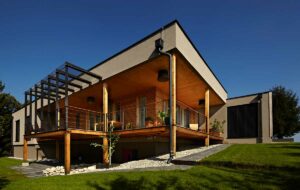
Green Building Council and World Green Building Council Finland’s new GBC action plan will be published in autumn 2021. The project includes:
• Develops a common picture of the situation – low-carbon targets, measures and development projects
• Clarify common low carbon targets for the industry – Where are we in 2025, 2035, 2050?
• Compiles the Carbon Neutral Built Environment Action Plan – concrete milestones and milestones for all actors in the sector to develop their own activities The international WGBC currently has the following effect:
• Publish a Whole Life Carbon commitment focusing on lifecycle emissions from buildings alongside the existing Net Zero Carbon Buildings commitment.
• To bring together, at national and EU level, pioneering communities with the aim of creating action programs for carbon neutrality. • Actively communicate the importance of life-cycle emissions from buildings with politicians and industry pioneers. (Source: Green Building Council Finland, figbc.fi and worldgbc.org)
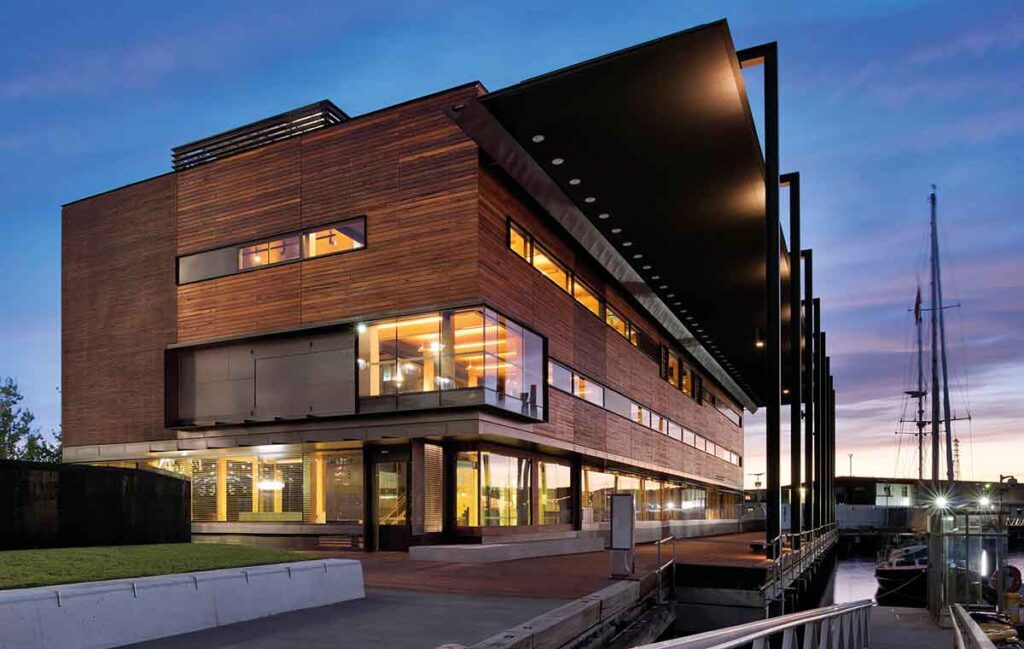
FACTS:
Stora Enso Stora Enso’s operations are divided into six units, Packing Materials, Packing Solutions, Paper, Wood, Forest and Biome. The units use three different tools for tracking, analyzing and measuring sustainable development and various emissions. The Paper and Wood divisions use the SimaPro tool.
Contact: Lauri Linkosalmi
